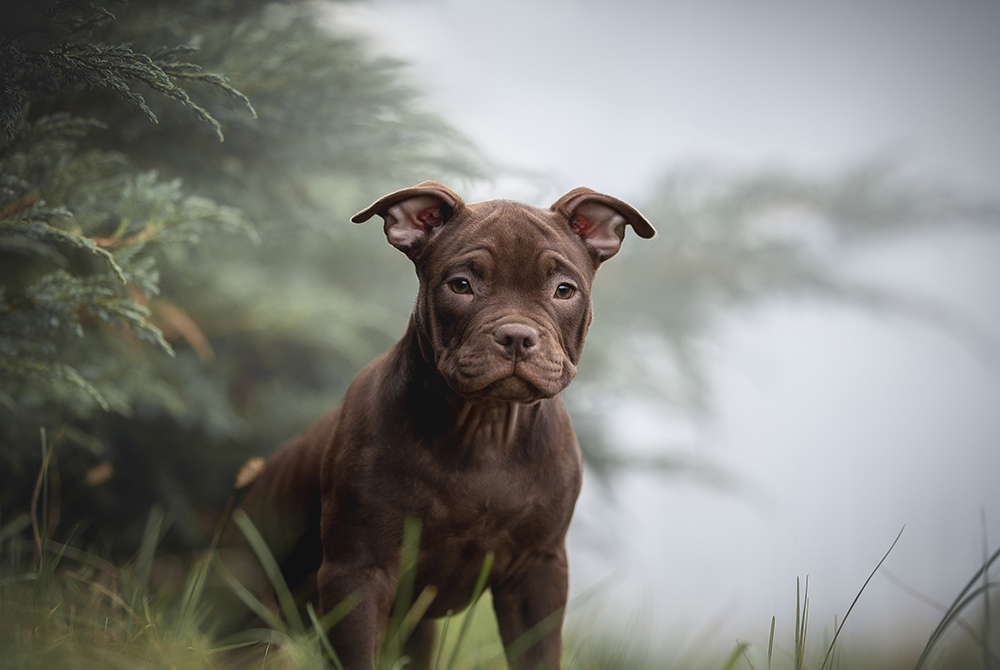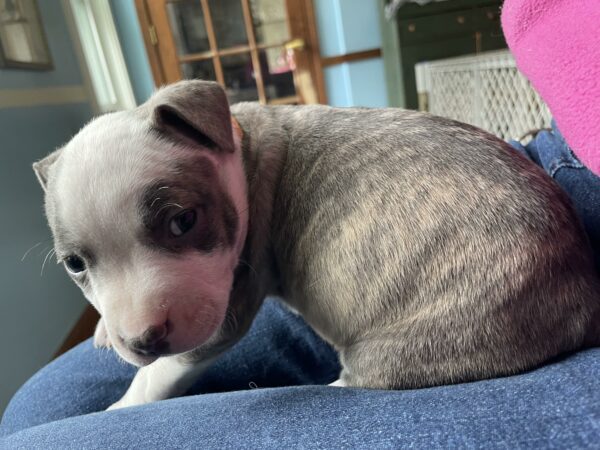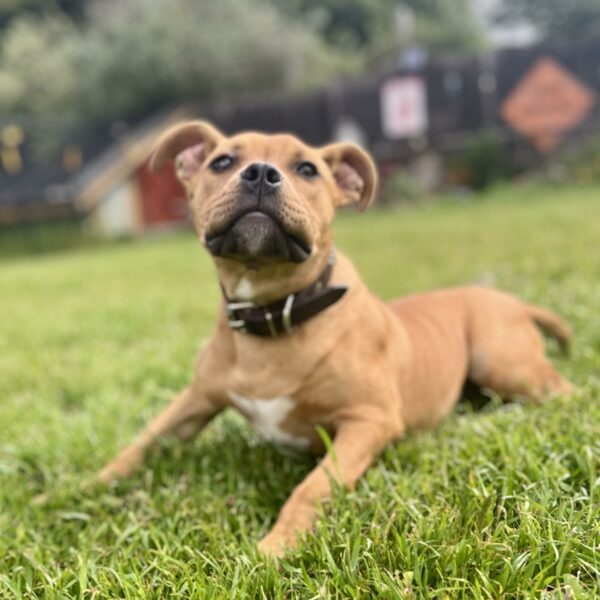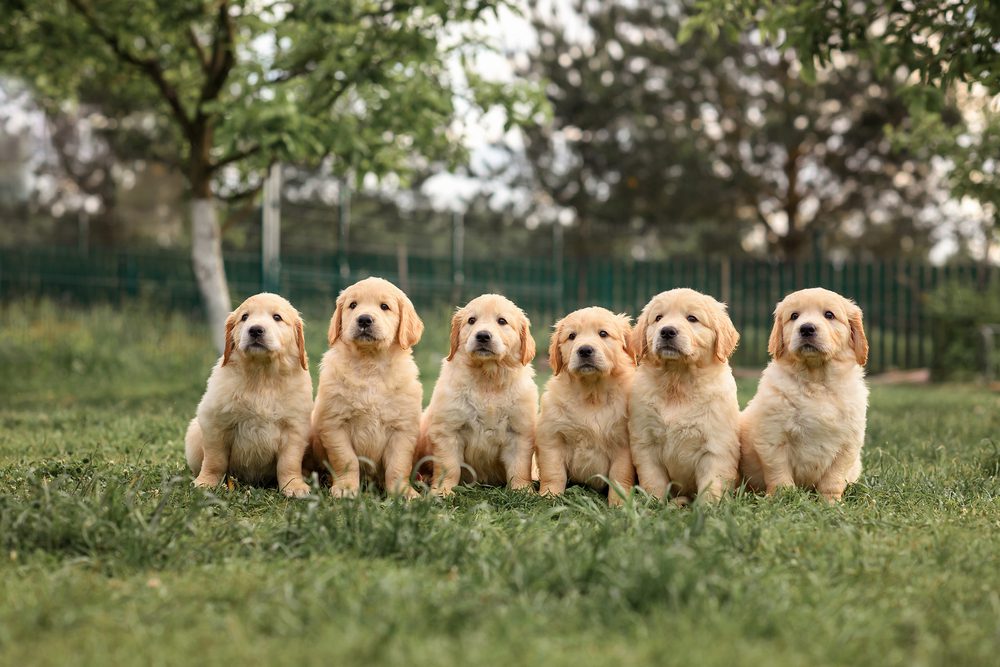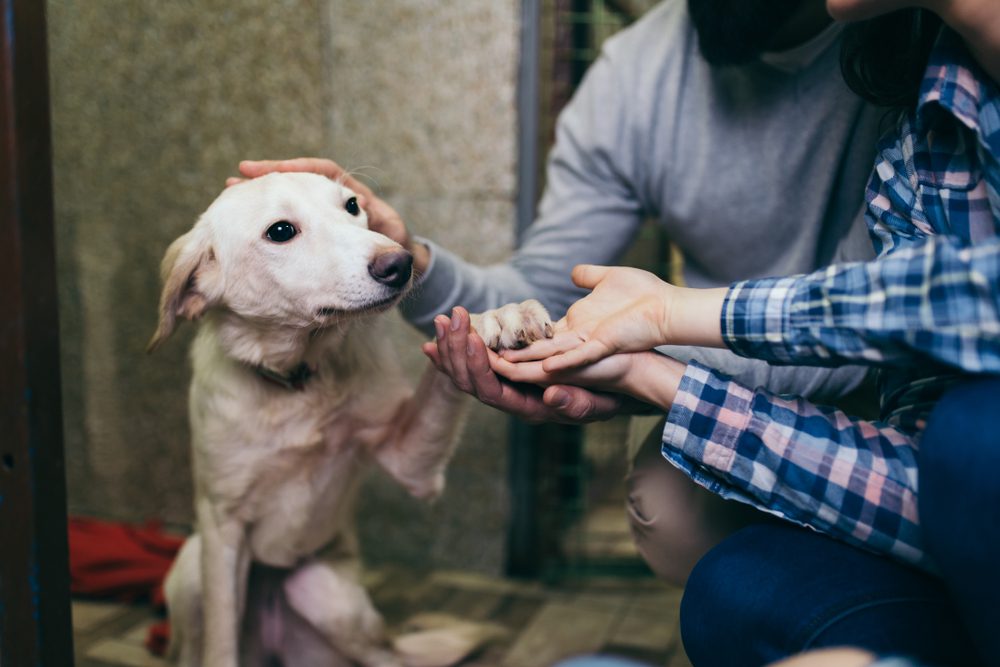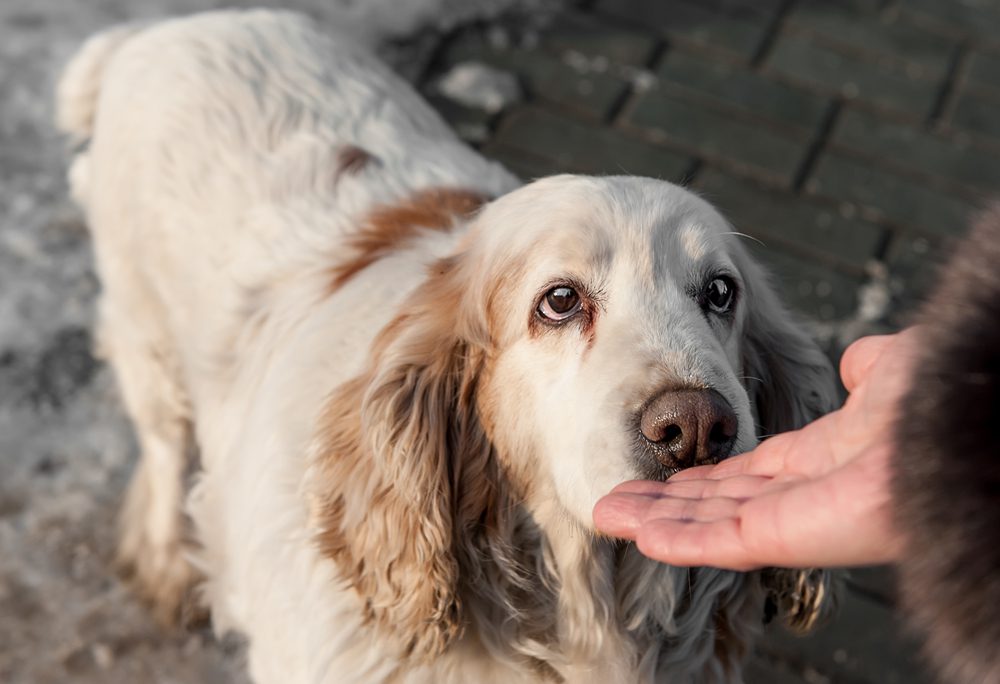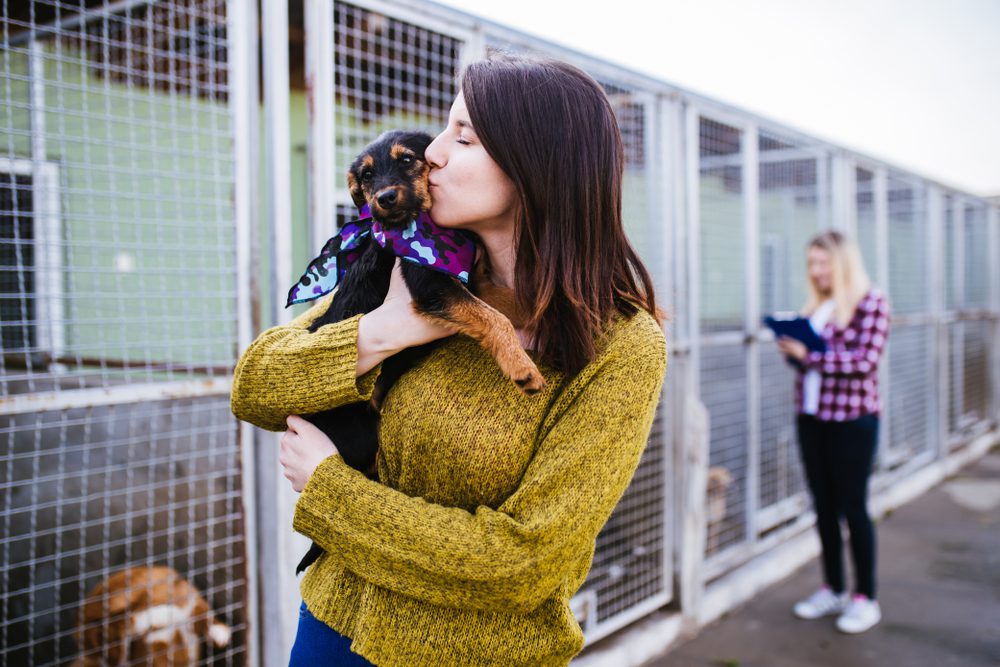Pocket Bully
Breed Stats
Adopting a Pocket Bully: An Overview
Pocket bullies are a cross between the American pit bull terrier and the American Staffordshire terrier, a mix that results in small to medium-sized and muscular dogs. These pups are loyal, affectionate, and playful, and they tend to do well in both homes and apartment-style living.
That being said, the pocket bully is a mix of two dogs that often have a misunderstood role in history/ It can be difficult to bring your pocket bully into certain areas or housing units, depending on their appearance and local breed restrictions.
That being said, if you do choose to adopt a pocket bully into your family, you will have a front-row seat to their playful nature and loving attitudes. These dogs form very strong bonds with their families, and as long as they are able to exercise enough and receive training, they can be quite pleasant to be around.
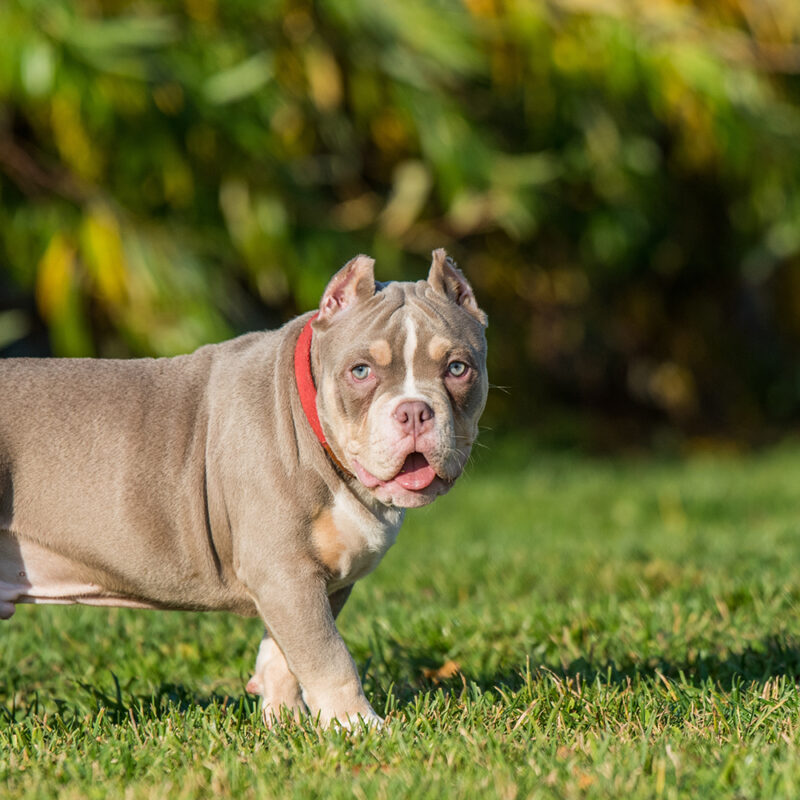
Some pocket bullies may develop separation anxiety or behavioral issues as a result of boredom. It’s important that you make sure your pocket bully is mentally and physically stimulated to ensure they stay happy.
When you want to adopt a pocket bully, you have two main options – adoption through a local shelter or breed-specific rescue, or purchase through a breeder. We give you an overview of both methods below.
Adoption
Adoption is a lower-cost way to add a pocket bully to your family. In general, adopting from a local shelter or a breed-specific rescue that places bully breeds with loving homes will only cost you a few hundred dollars; some adoption organizations may even allow you to take your new dog home for $50 or less.
It’s no secret that bully breeds often end up in shelters, and these dogs do have a certain stigma around them that many are working hard to change. Because of this, it is likely that you will find a bully breed, and maybe a true pocket bully, in a shelter near you.
Breeder
If you cannot find a pocket bully at a shelter or through a rescue, which is possible as this mixed breed is a less common bully breed to see around the United States, you can look for a reputable breeder to purchase a puppy from.
It’s very important that you find an ethical breeder who cares about bully breeds and the health of their dogs, as this will ensure the puppy you purchase is healthy and set up for a life of success.
Pocket bullies and other bully breeds are often part of backyard breeding operations, something that has historically contributed to their challenging reputation. To stay away from backyard breeders, you will need to do a lot of research on the pocket bully breeder you wish to purchase from, in addition to looking out for breeder red flags.
Extremely high or low pricing on dogs, refusal to speak about the dogs or their breeding operation, or puppies being available year-round with no questions asked.
On average, you can expect to pay between $1,500 to $3,000 for this dog. This price can vary depending on your location and the breeder, and it is generally higher than most bully breeds due to the less common nature of this bully breed.
For Even More Information on Pocket Bullies
View Breed InfoPocket Bullies For Adoption
How to Care for an Adopted Pocket Bully?
Once you have decided where to adopt your pocket bully from, it’s important to fully understand what it takes to care for your dog. Pocket bullies are affectionate, loyal, and loving dogs, and these pups do well in homes where they are not left alone for more than six to eight hours each day.
Your pocket bully will need a fair amount of exercise, as this helps to keep them both healthy and happy. Physical stimulation is also an important part of curbing potentially destructive behaviors that result from boredom.
You should train and socialize your pocket bully as soon as they are in your care, as this helps your dog become well-mannered. It also helps your pocket bully adapt to different situations with ease and be well-behaved as they accompany you in public.


If you are confused about how to socialize your dog, you can consult with a professional dog trainer to learn about the best ways to get your dog feeling confident and polite.
Pocket bullies don’t have the most high-maintenance grooming needs, but you should still be brushing your dog about once a week. Their fur is straight and short, so brushing will help remove the loose fur and curb any instances of shedding.
You can bathe your pocket bully as needed, and it’s a good idea to start grooming your pocket bully when they are young so they get used to the routine and become comfortable with grooming.
Your pocket bully will need to eat a healthy diet of high-quality wet or dry dog food (or a combination of both types of food). Depending on the exact size of your pocket bully, you may need to feed between one and three cups of food each day; calculate the amount based on the food’s nutritional content and your dog’s age, size, and activity level.
A vet can help you figure out how much to feed your dog if you have questions.
Is It a Good Idea to Adopt a Pocket Bully As Your First Dog?
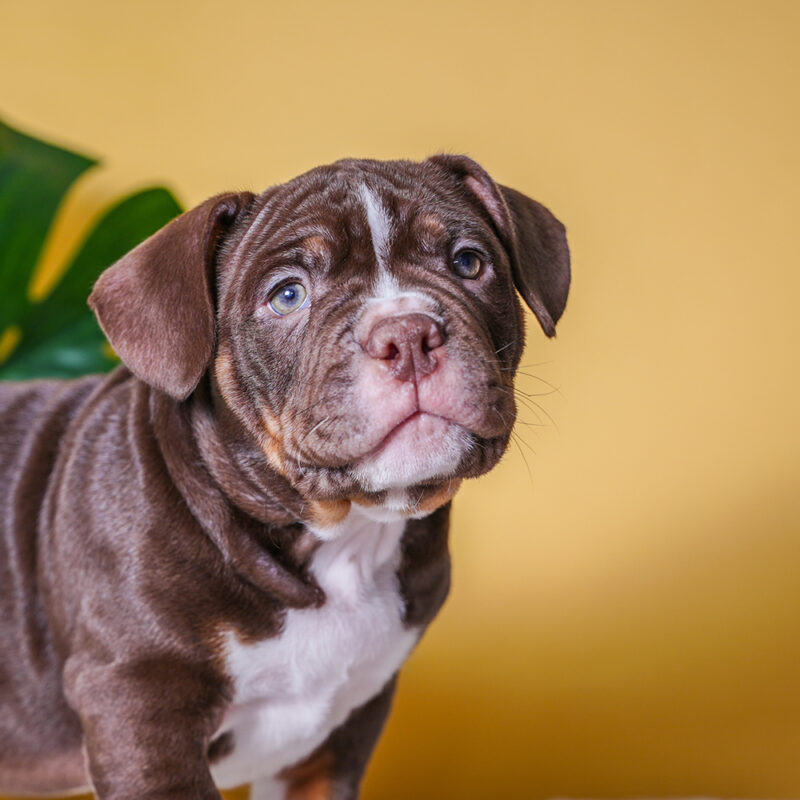
Despite their muscular appearance and somewhat intimidating look, pocket bullies can actually be a good choice as your first dog. These pups are loyal, loving, and intelligent, and you can easily train your pocket bully as long as you are consistent and patient with training.
Most pocket bullies are happy to be around their owners as much as possible, something that many people looking for a canine companion can appreciate. You will find that your pocket bully is also good around older children and most other dogs, as long as they are introduced properly.
The only issue that might put off first-time dog owners from the pocket bully breed is the somewhat controversial reputation this dog has. Most bully breeds are known for their historical role in dog fighting and hunting, and these dogs can be very strong and trained for aggression. However, many bully breeds are not naturally aggressive, and pocket bullies themselves can actually be quite loving and affectionate.
The owner’s treatment of the bully breed and their ability to train and socialize the dog make all the difference, and new dog owners must keep this in mind when considering a pocket bully as their first dog.
If you are aware of the stigma surrounding a pocket bully and fully prepared to dedicate time to training and socializing your dog, in addition to providing your pup with love and care, this breed can be a good choice for first-time dog owners.

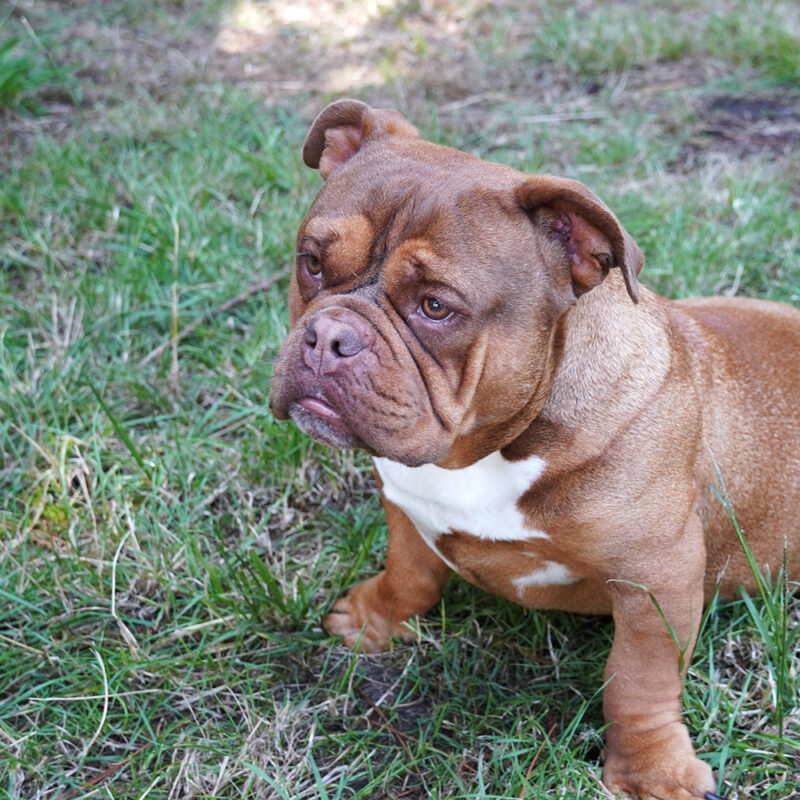
Adopt the Right Pocket Bully for You
Adopting the right pocket bully for you involves researching local shelters or breeders that may be able to connect you with the dog of your dreams. We recommend using Dog Academy to look for adoptable dogs, or you can conduct internet searches on local shelters and pocket bully breeders who may be in your area.
Remember when adopting a pocket bully that you should only work with ethical and reputable breeders or shelters, as this helps to ensure your pocket bully comes from a good background and is set up for a healthy life.
Once you know where to adopt from, you can start making connections to find the right pocket bully for you and eventually bring home a lovable, fun, and loyal companion to keep you company.
